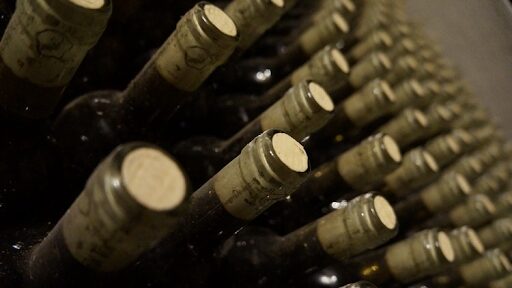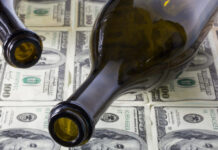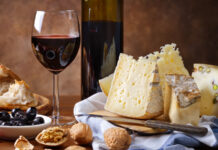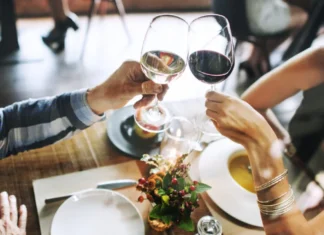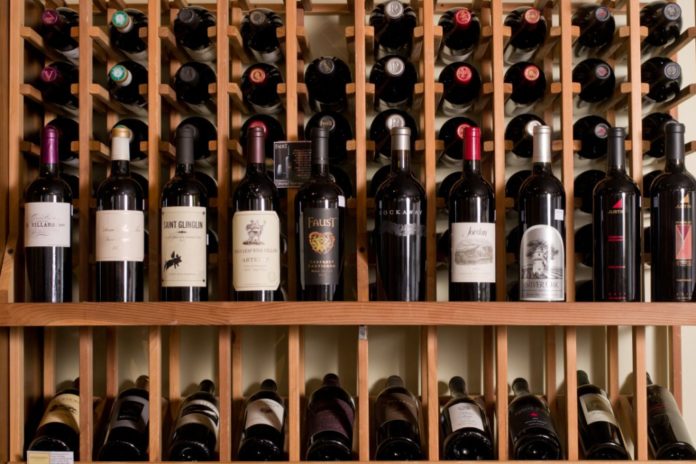
Discovering quality wine can be a real journey that passes through choices, preferences, tastes and flavors. But how can a fine wine collection be completed? How do you choose between many bottles of wine? The right way is always that of personal taste, but in such a delicate matter there are so many factors to consider in this process. You can check grandibottiglie.com for fine rare wine collection.
Among the elements that are at stake in this area, we certainly have the palate test, the olfactory and unexpected tests show visuals. The bottles that come to a Fine wine collection certainly can be recognized by the label, which in the specific sector represents a real identity card and complete guide with all the necessary information.
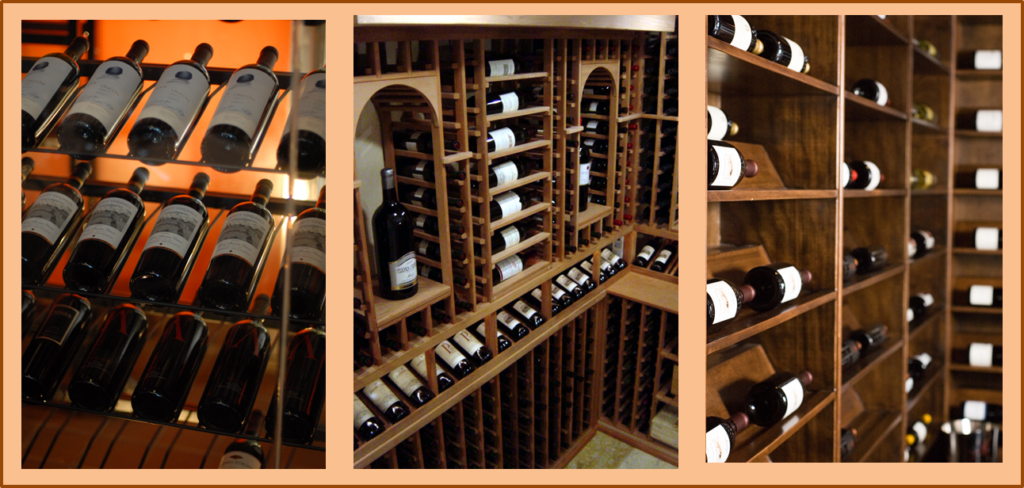
Our advice to recognize a series of fine wines is simple to focus on the supply chains and the DOP and DOC recognition marks. But the certainty of having found the prized wine bottles we will have only after having distinguished all the defects of the wine. These can be of various kinds with olfactory, visual and then tasting characteristics. A good wine will never be cloudy, it will not be altered in terms of color which are usually associated with excessive oxidation.
Another aspect to be observed is the way in which the wine stains the glass. If this has happened we are faced with the presence of sediments, a probable cause of polymerization of tannins. This means that the wine has not been preserved at its best and has undergone alterations in terms of temperature.
If you are deciding to give a fine wine collection as a present our main advice is to check before the wine bottle has no deposits on the bottom. The olfactory test will be the determining one.
Maybe you ignore that application of neuroscientific methods to food science helps for a better understanding of how the smells influence consumers in their eating choices, and also allows a better investigation of the brain’s motivational processes towards the food. This kind of study has given birth to the term Neuro-tasting, which encompasses the concepts of Neuro-gastronomy and Neuro-enology.
The flavor is at the basis of these concepts in which science is concerned with the sensory appreciation of food. It is very interesting that, from a neuroscience point of view, the flavor is not in the food: it is created by the brain, thanks to multiple systems. The flavor is actually multisensory because it involves all the sensory systems of the head and throat. These sensory pathways include touch, taste, olfaction, visual cortex.

Flavor involves also all the relevant motor systems (like the muscle systems of the tongue, jaw, and cheeks for food and drink in the mouth), glands (producing saliva); pharynx; lungs for inhalation and exhalation. A certain central brain system is activated in a raw when you drink or eat something and the reward mechanism starts, then the motor action and only later the decision of appreciation, that is also pushed by the emotion thanks to a process of integration led by the insula.
Therefore, in the process of flavor creation by the brain, there are involved cognitive and emotive mechanisms, led by the smell and taste.
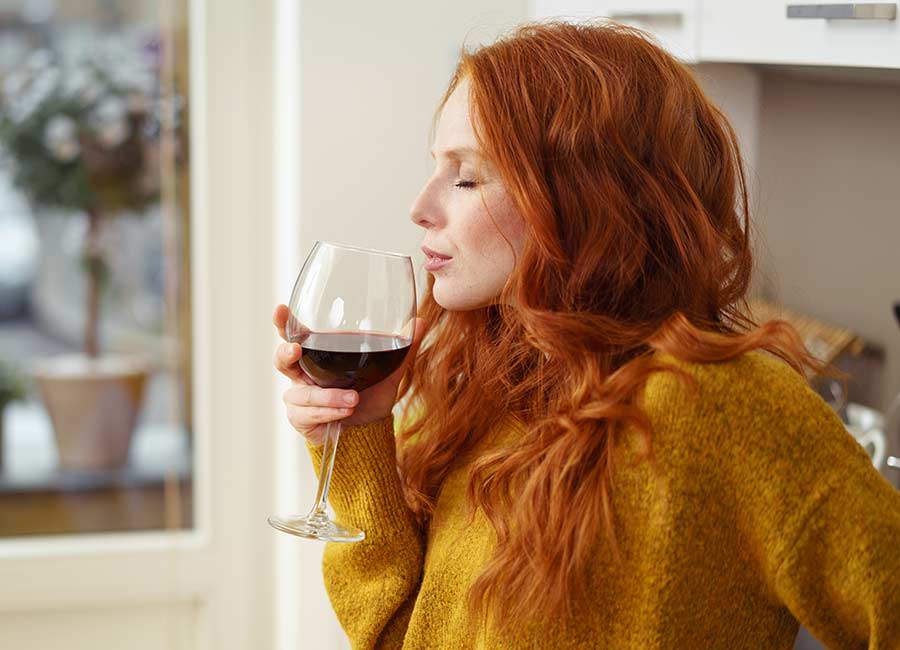
Experts as Yale School of Medicine professor of neuroscience Gordon Shepherd say that all the sensations created by the brain are due to movements of the wine in our mouth and throat and the movement of the volatile molecules released into the air in our respiratory tract. We know that there is a difference in orthonasal and retronasal olfaction: the former occurs when sniffing the wine through the nose, while the latter, which is more critical for creating the taste of wine, happens once the liquid is in the mouth and swallowed.
Combining wine with saliva begins the process of breaking it down and since the amount of saliva varies substantially among individuals, this can be a significant variable in wine tasting and swallowing is one of the most critical functions for wine tasting.
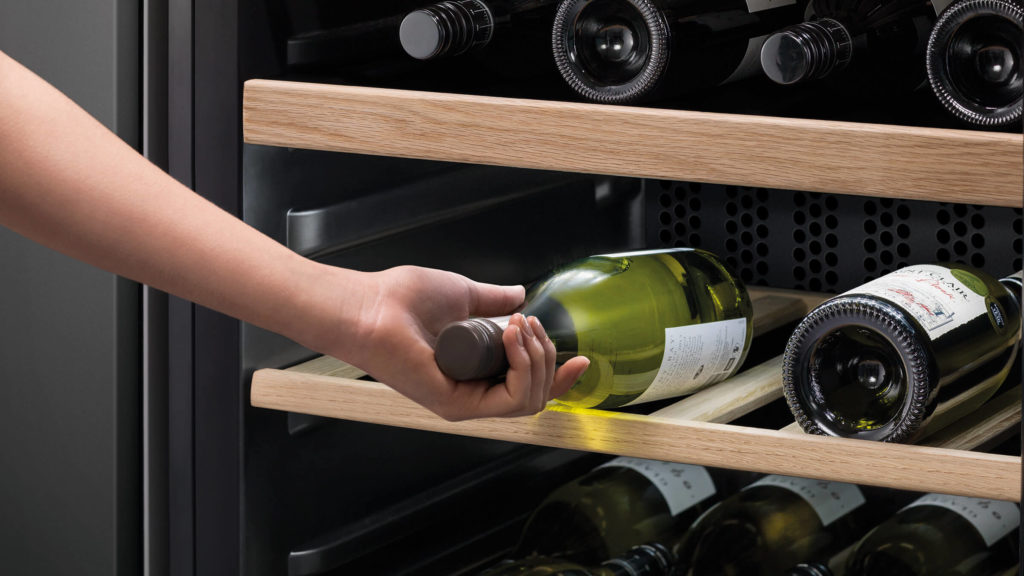
The senses combine to create the flavor of wine: we can see the color, we can perceive the perfume and sense the mouthfeel of it in our mouth. Our taste reacts to its constituents and each sensation creates a reaction in the brain. Yet, there are many other factors that influence our reaction to wine. Effects of age and gender on smell are surely something that affects the taste and it’s a science-based factor.
Yet, a bottle of good wine is always a good wine and personal taste always affects choices, even when you want to buy it as a gift. Therefore, buying a bottle for themselves is always a good idea. Taste your wine before letting people taste it and choose your favorite one among the finest wine in the world as Bartolo Mascarello, Cappellano, Rinaldi, and many other producers all over the world. They are producers of fine wines, their possession is a highly prestigious factor, and their taste is something inexplicable. You should try it!

